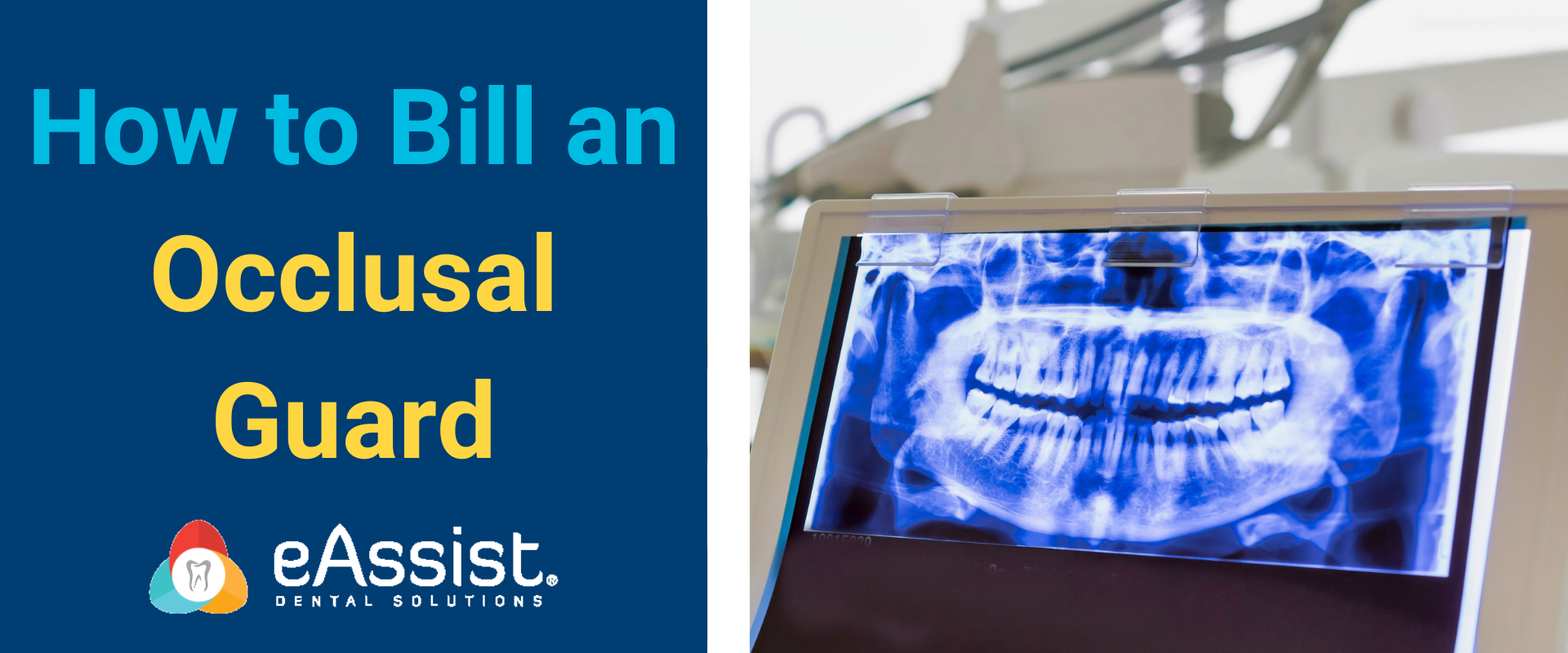Updated 11/8/2016
It is important to understand what an insurance company means when words appear on the explanation of benefits for insurance payments or denials of payments. It is possible for the definition of some of the following to vary from insurance company to another but Delta Dental is being used in this discussion.
APPROVE- The procedure has been reviewed and qualifies for coverage in accordance with the guidelines set forth in this document. The procedure is subject to all deductibles, co-insurance and maximums under the subscriber’s contract.
DENY– The procedure has been reviewed and does not qualify for benefits under the guidelines set forth in this document. A procedure may also be denied for contractual reasons. Whenever a procedure is denied, the patient is held responsible up to the dentist’s charge.
DISALLOW-No payment is made by DDRI and the patient is held harmless. A disallow can only be enforced on a participating dentist (local or DeltaUSA)
Unbundling- Example: Dentist submits for a pulpotomy (D3220) and root canal (D3310-D3330) on the same tooth within 60 days of each other. The pulpotomy is considered part of the root canal and it will not be paid separately
Quality of Care
Example: If a new crown is placed on the same tooth by the same par provider within 60 months of the original placement, the Consultant must determine whether the crown failed due to faulty preparation or patient negligence. If the crown failed due to faulty preparation, disallow as a quality of care issue.
Example: Dentist submits for a pulpotomy (D3220) and root canal (D3310-D3330) on the same tooth within 60 days of each other. The pulpotomy is considered part of the root canal and it will not be paid separately. DISALLOW -par/DENY- non par.
ALTERNATE BENEFIT- A non-covered procedure is performed, yet the subscriber’s contract covers a least costly alternative procedure, an alternate benefit is applied. The patient is held responsible for the difference up to the dentist’s charge.
Example: Composite restorations on posterior teeth. An alternate benefit of an amalgam restoration will be made and the patient is responsible for the difference up to the dentist’s charge for the composite restoration.
SUBMITTED AMOUNT
– The dentist’s charge for the service
APPROVED AMOUNT-
For a par dentist: the fee profile. For non-par dentist: the submitted charge. If a patient with a PPO plan sees a dentist who is non par PPO but par Premier, the approved amount will be the dentist’s Premier allowance.
Payment for a procedure code is based on Delta Dental’s reimbursement policies, utilization review guidelines, and documentation requirements, which may include descriptions that are at variance with descriptions included in CDT codes (Code for Dental Terminology), which are owned and licensed by the American Dental Association.







0 Comments